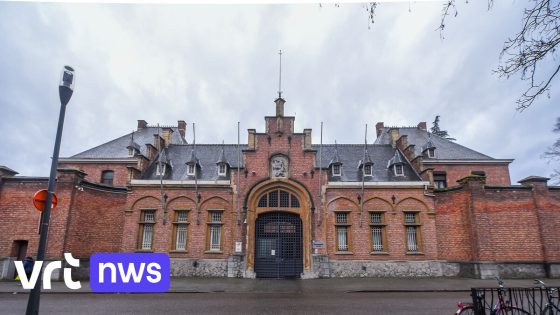The historic prison in Turnhout is set for a significant restoration, focusing on preserving its architectural heritage. On February 16, 2025, the Regie der Gebouwen announced plans to remove modern additions and restore original features. Have you ever wondered how restoring such buildings can connect US to our past?
- Original elements preserved in renovation
- Removal of 1970s roof additions
- Restoration of original windows and ornaments
- Roof slates replaced with matching materials
- Commitment to architectural heritage preservation
Turnhout Prison Restoration: Preserving Belgium‘s Architectural Heritage
This restoration project raises an important question: why is it vital to maintain historical structures? By returning the prison to its original form, we not only honor our history but also enhance cultural tourism in Belgium.
The Importance of Restoring Original Features in Historical Buildings
Restoration projects like this one highlight a growing trend towards valuing historical architecture. By removing later additions like dormers from the 1970s, the project aims to reveal the building’s true character. This effort not only preserves history but also promotes sustainable practices by using original materials whenever possible.
The Process of Restoration: What’s Involved?
The restoration process involves several key steps:
- Removing non-original elements that detract from historical value.
- Restoring original windows and decorative features for authenticity.
- Using materials that match the original design in color and type.
- Ensuring all work complies with heritage preservation standards.
Benefits of Historical Preservation for Communities
Preservation efforts can significantly benefit local communities. They often lead to increased tourism as visitors are drawn to well-maintained historical sites. Additionally, these projects can foster community pride and encourage local businesses by attracting more foot traffic.
A Global Perspective on Architectural Restoration
The importance of architectural preservation extends beyond Belgium. Many countries face similar challenges in maintaining their historical sites amidst modernization pressures. Learning from successful projects like Turnhout’s can provide valuable insights into balancing progress with heritage conservation globally.
This restoration serves as a reminder of how we can honor our past while shaping our future. What other historical sites do you think deserve similar attention?
































